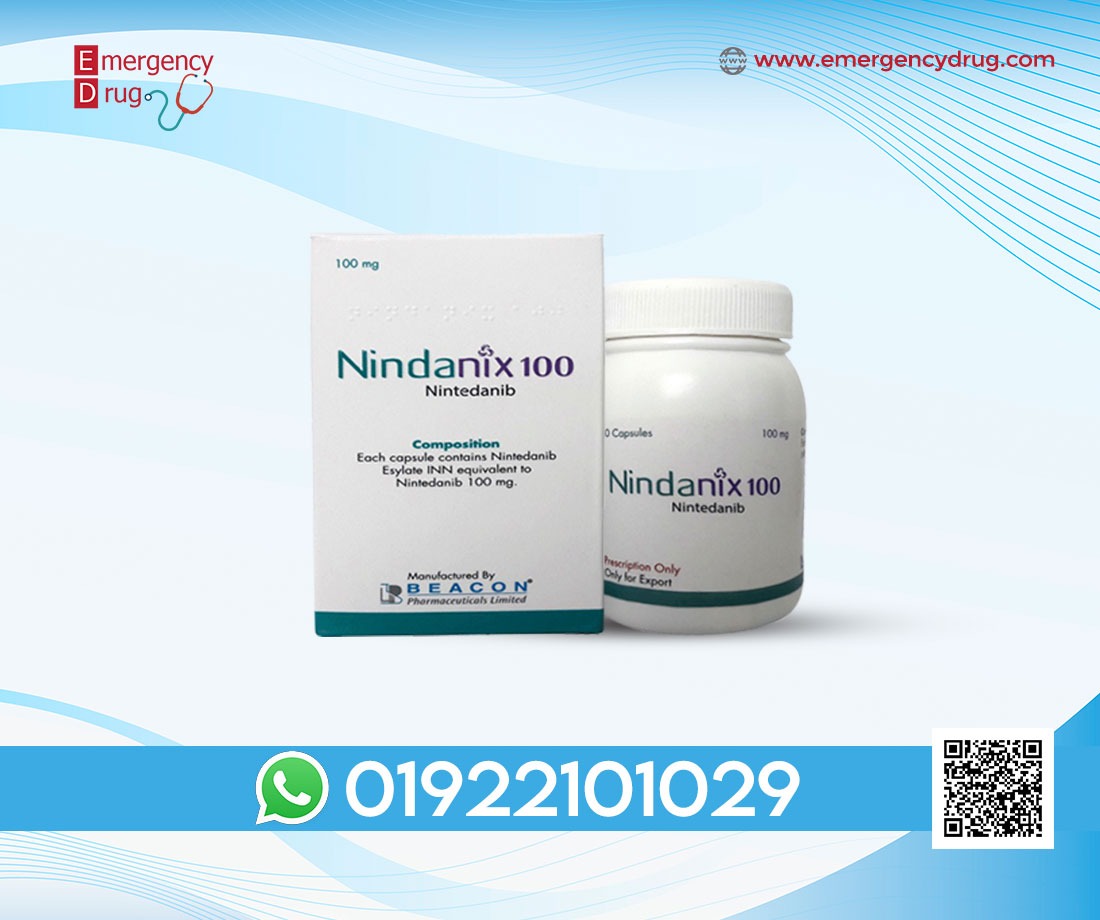Hematology
Hematology includes the treatment of blood disorders and malignancies, including types of hemophilia, leukemia, lymphoma and sickle-cell anemia. Hematology is a branch of internal medicine that deals with the physiology, pathology, etiology, diagnosis, treatment, prognosis and prevention of blood-related disorders.
Hematologists focus largely on lymphatic organs and bone marrow and may diagnose blood count irregularities or platelet irregularities. Hematologists treat organs that are fed by blood cells, including the lymph nodes, spleen, thymus and lymphoid tissue.
Anatomy of blood
Blood is made up of several parts, including red blood cells, white blood cells, platelets and plasma. Red blood cells, which make up about 45% of whole blood, carry oxygen from the lungs to the body’s tissue. They also carry carbon dioxide back to the lungs to be exhaled. They are disc-shaped, and produced in the bone marrow. White blood cells, which are also made in the marrow, help fight infection. Together with platelets, they make up less than 1% of whole blood. Platelets are small, colorless fragments that stick together and interact with clotting proteins to stop or prevent bleeding. They are also produced in bone marrow.
Plasma is the fluid part of the blood. Composed of 92% water, it also contains vital proteins, mineral salts, sugars, fats, hormones and vitamins.
Areas of study
Four major areas of study within hematology include hemoglobinopathy, hematological malignancies, anemia and coagulopathy. Hemoglobinopathy is the study of abnormality in the globin chains of hemoglobin molecules. In addition to sickle cell anemia, thalassemia (also known as erythropoiesis) is part of hemoglobinopathy. The area of hematological malignancies is concerned with the diagnosis and treatment of cancers of the bone marrow, blood and lymph nodes. Myeloma is one type of hematological malignancy, along with leukemia and lymphoma. Other disorders treated by a hematologist include arterial thromboembolism, deep-vein thrombosis and neutropenia.
Hematology oncology
Although hematologists work together with experts from various medical and surgical specialties, hematology is most often linked with oncology. Hematologists and oncologists work together to care for adults and children with cancers of the blood and bone marrow, including leukemia and lymphoma.
Hematology tests
One of the most common hematology tests is the complete blood count, or CBC. This test is often conducted during a routine exam and can detect anemia, clotting problems, blood cancers, immune system disorders and infections.
Other hematology tests include:
• Blood chemistry test;
• Blood enzyme test; and
• Blood tests to assess heart disease risk.











